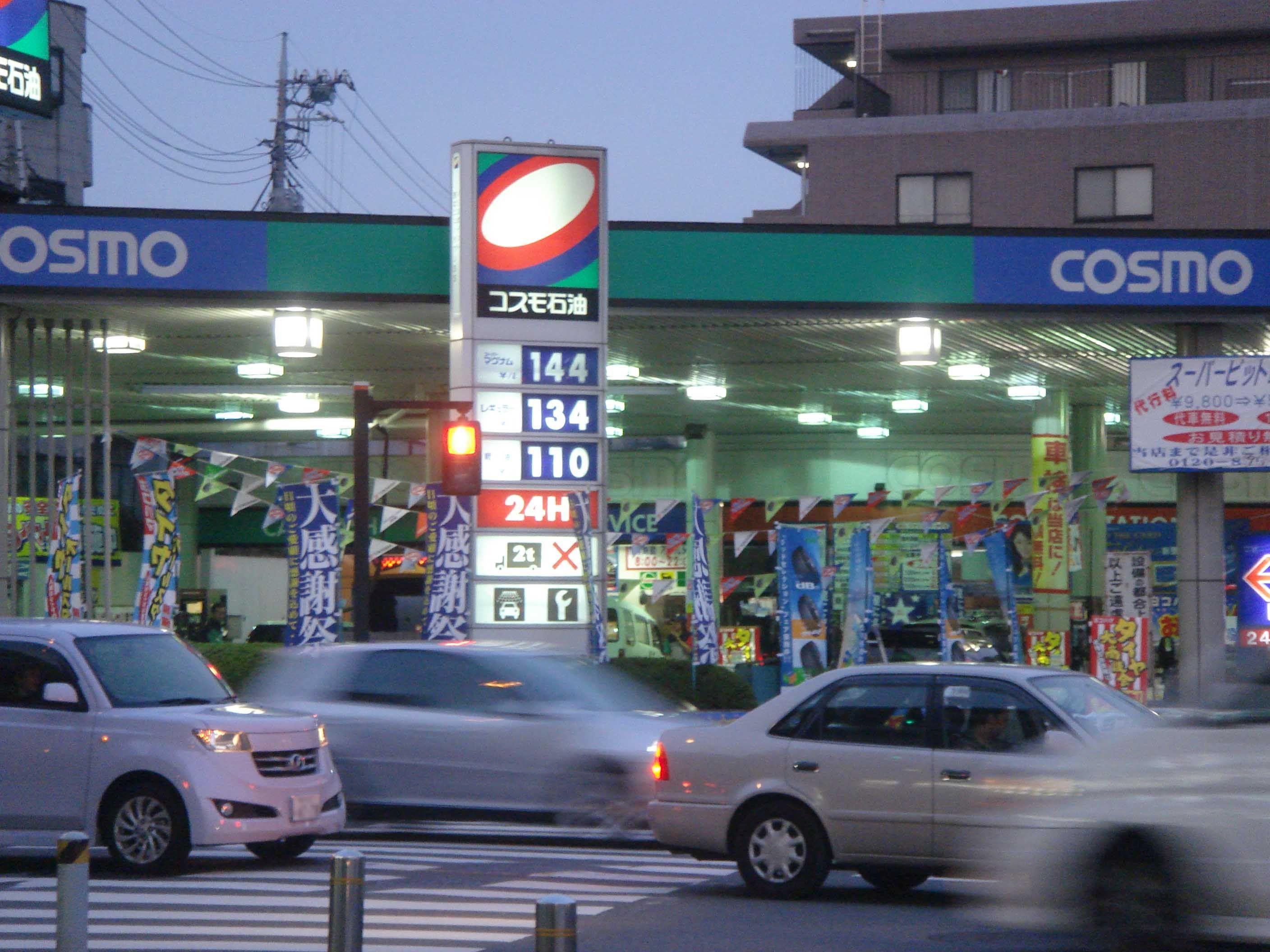Saudi Arabia might cut as much as half of its planned projects this year following a historic drop in oil prices, a recent Reuters report says. The amount of contractor money that now appears to be at risk is approximately $13 billion -- part of a pool of $27 billion currently considered for project awards.
A separate "Metro" transportation project worth $5 billion is still expected to be awarded this year, analysts say.
David Clifton, regional development director at the consultancy firm Faithful+Gould, said contractors are “battening
down the hatches” and trying to stay afloat in an economy that's more choosy
about prioritizing projects than in years past. Clifton also cited the possible evolution of a
public-private partnership model for funding projects.
"I expect social infrastructure to be prioritized along
with significant alternative finance investment opportunity within the power
and water sectors, which are intrinsically linked in the Middle East due to the
power-hungry requirement to desalinate water," Clifton said.
The Gulf News Journal spoke with Rustum Tambe, a research analyst of Investment Research & Analytics at the research firm
Aranca. Tambe has researched equity markets in the Middle East for leading
buy- and sell-side research firms, and cited lower oil prices as a major reason for the new
government prioritization.
Calling Saudi project analyses and possible cuts “a step in
the right direction,” Tambe said the country is no longer enjoying historic
fiscal surpluses and must budget accordingly.
“The government is consistently trying to repair its
squeezed finances due to oil price slumps,” he said.
“The government was struggling to pay its dues to contractors for most of 2016,
due to which the infrastructure sector suffered a prolonged slump, from which
it hasn’t recovered yet.”
Tambe cited a recently acquired historic bond issue of many billions of dollars from
foreign investors as being part of the overall big
picture.
“Cutting some of the capital spending and financing the rest
of the deficit via domestic and international bond sales and drawing down on
forex reserve seems to be a logical plan that the Saudi government is
following in short-to-medium term,” Tambe said.
He said a transformation plan released last June indicates that Saudi Arabia expects to increase public debt levels to 30 percent of the economic output by 2020, up
from the current 7.7 percent.
Tambe also cited a Faithful+Gould report that, in his
words, “mentions that these cancellations would be the part of the realignment
of government priorities, which is in line with the expectation set by the 2017
state budget.”
Saudi cuts expected in wake of oil downturn




 Alerts Sign-up
Alerts Sign-up